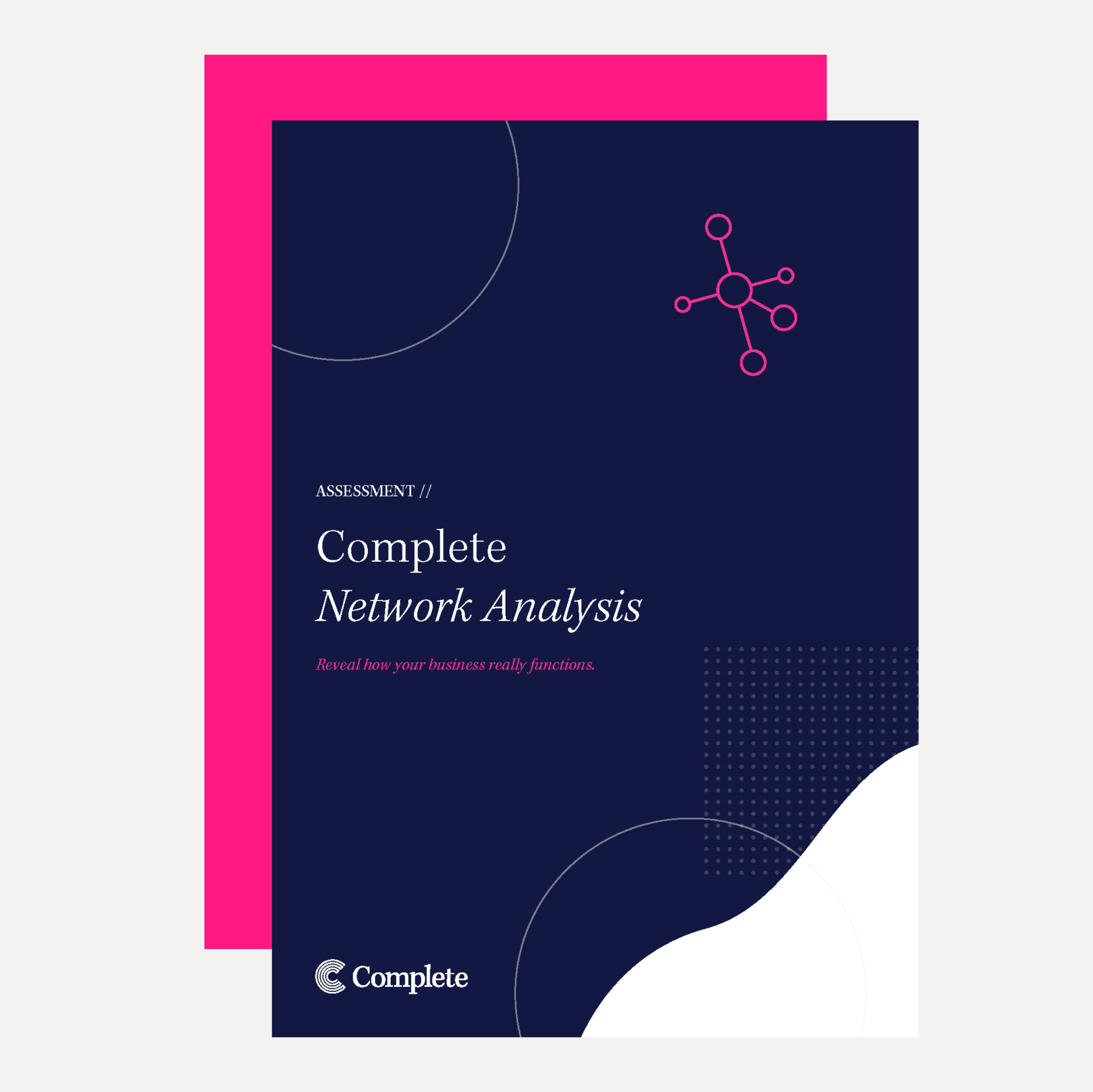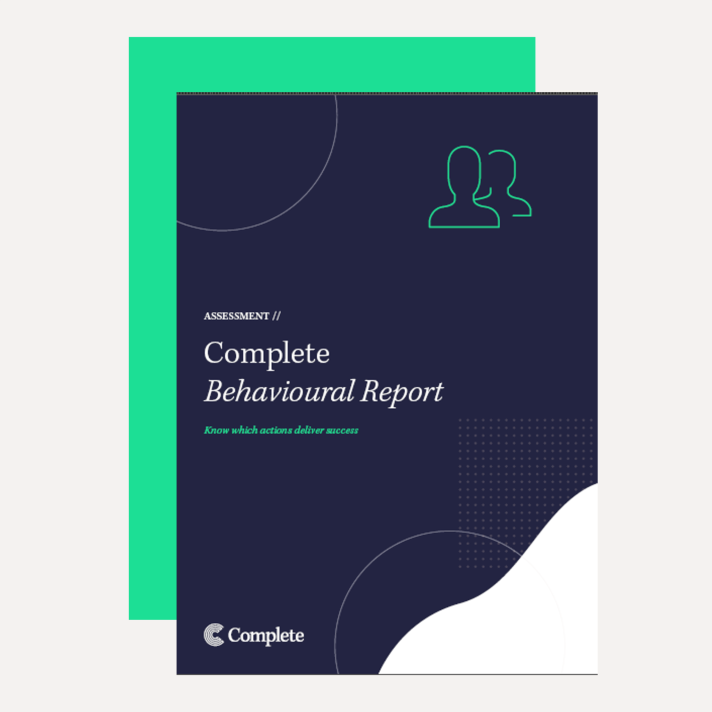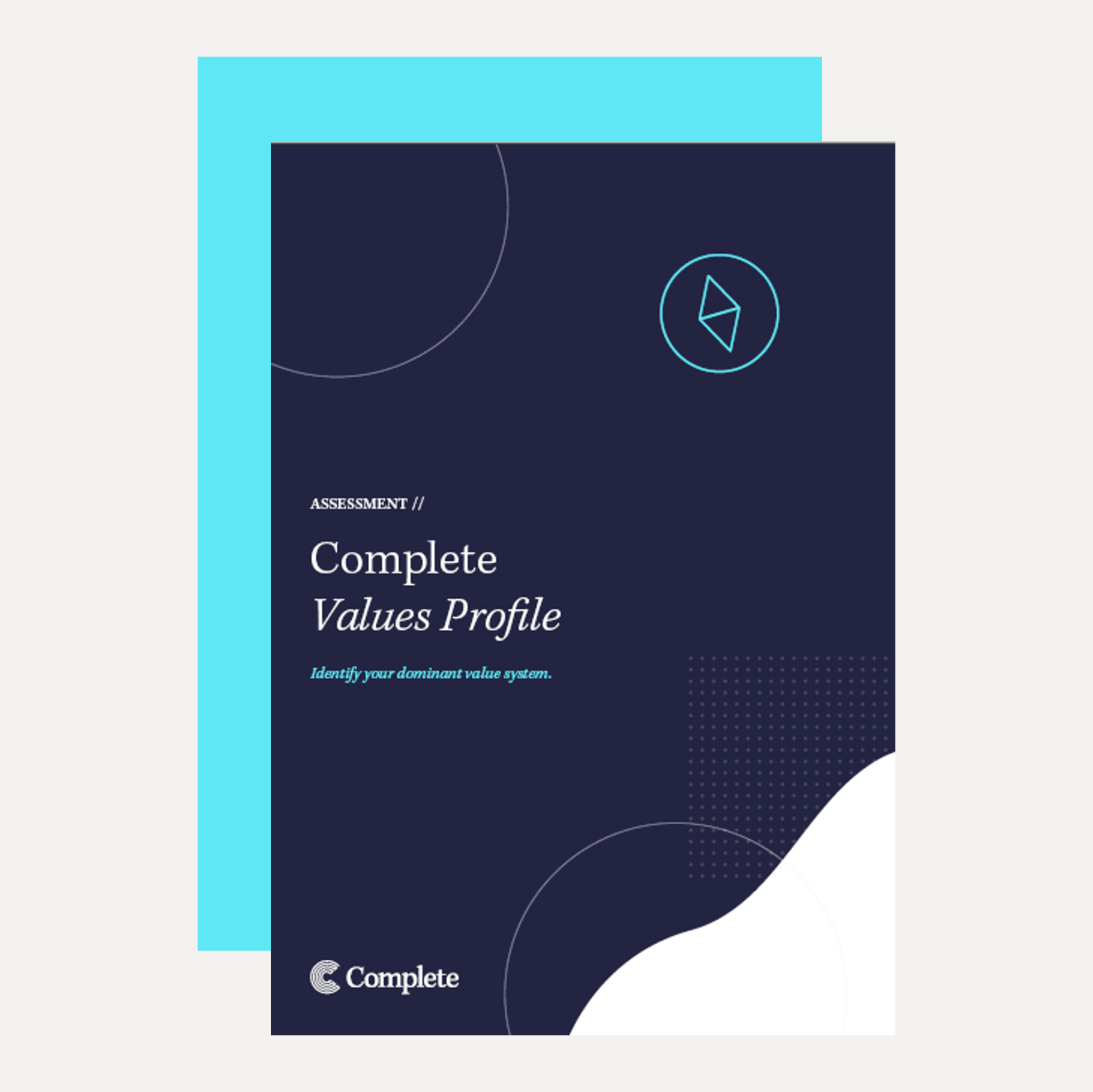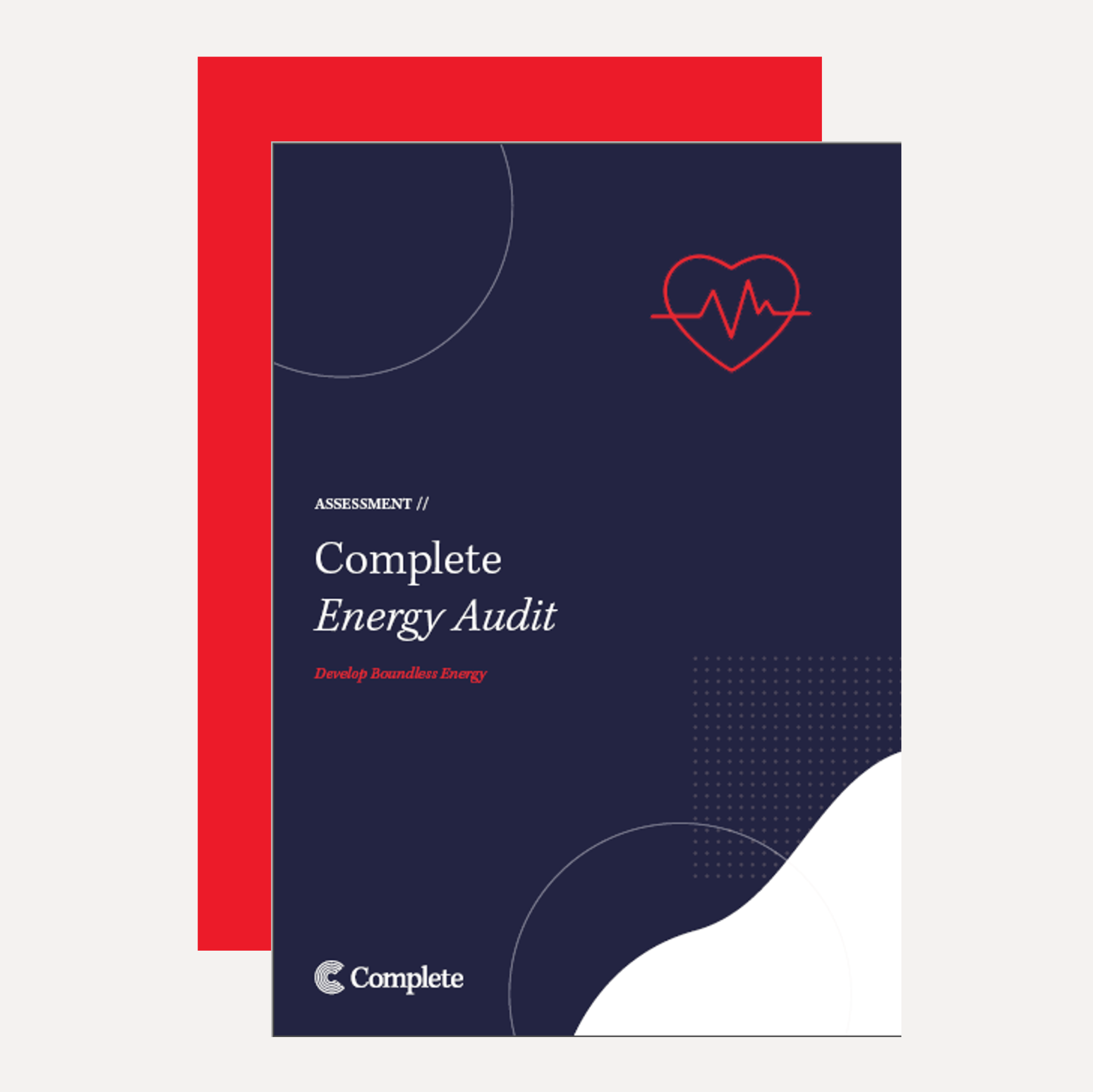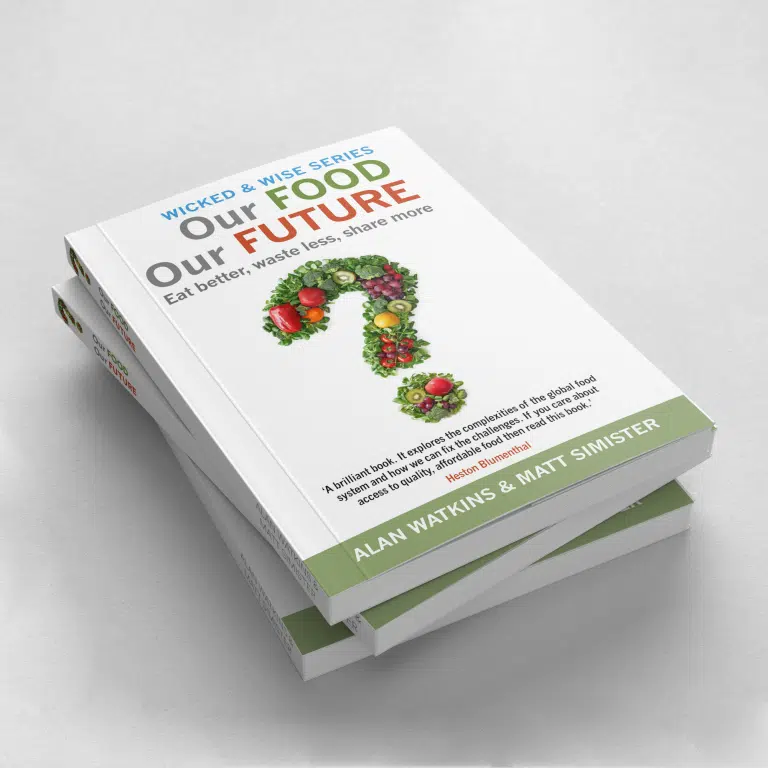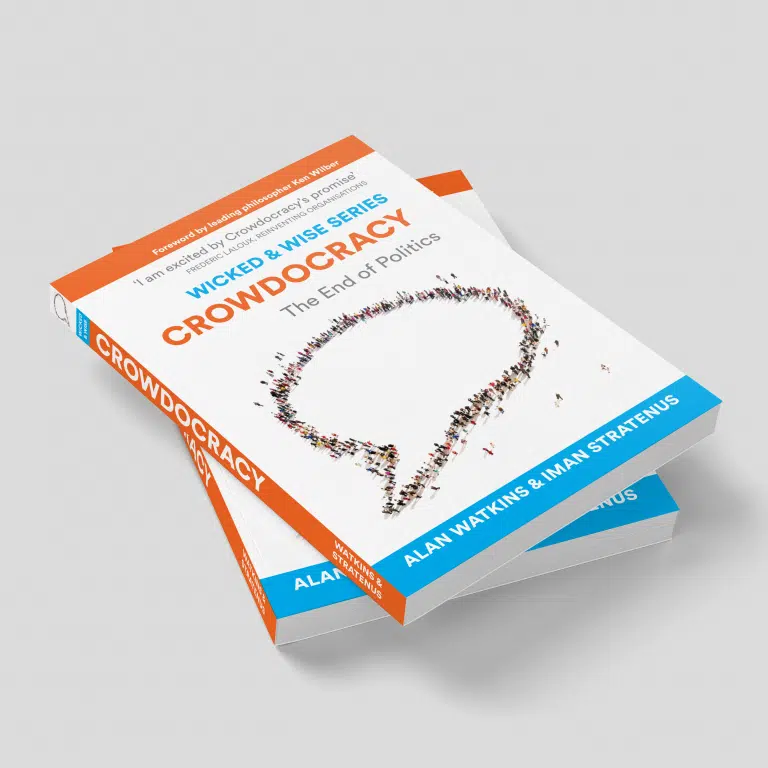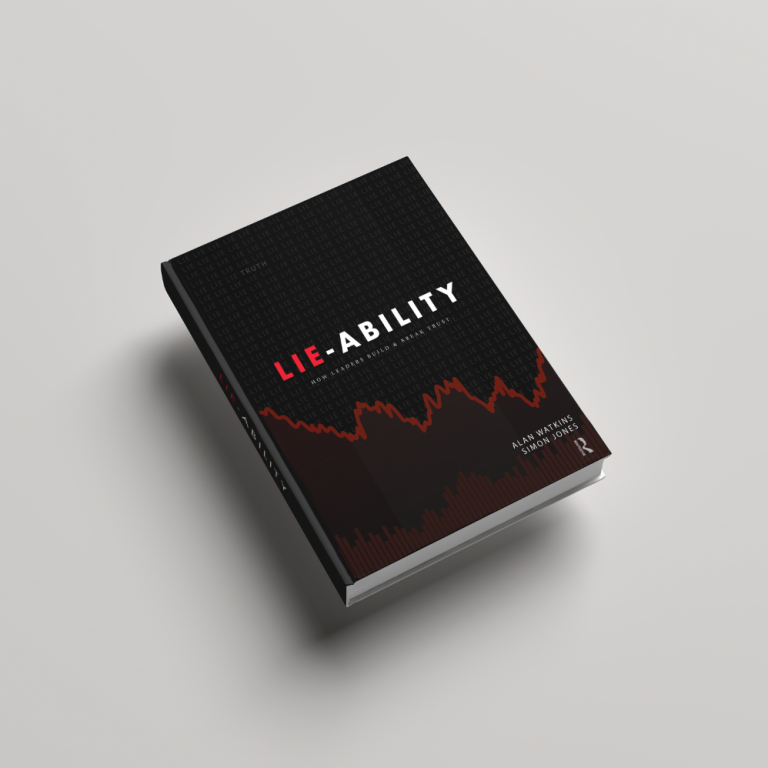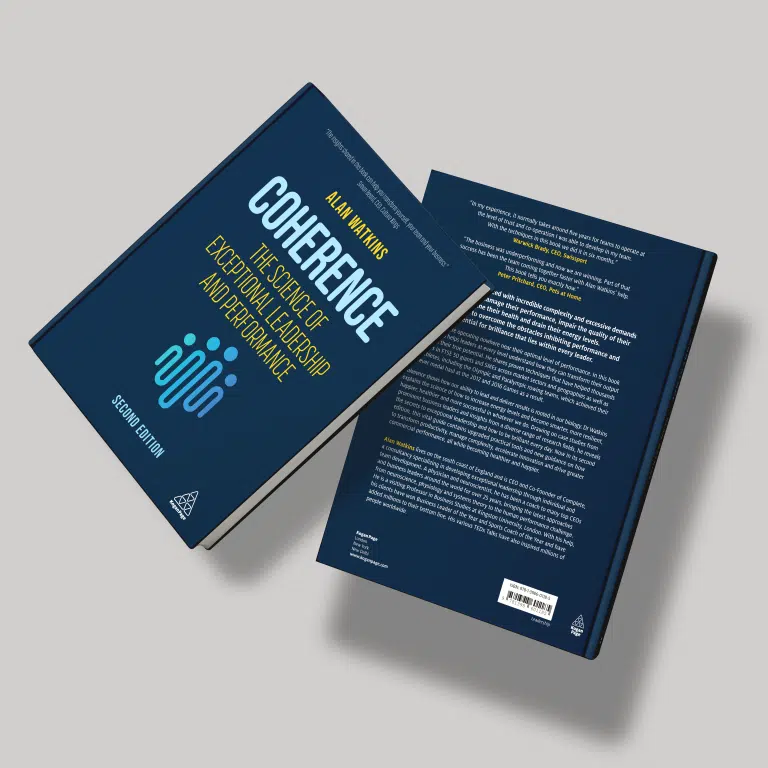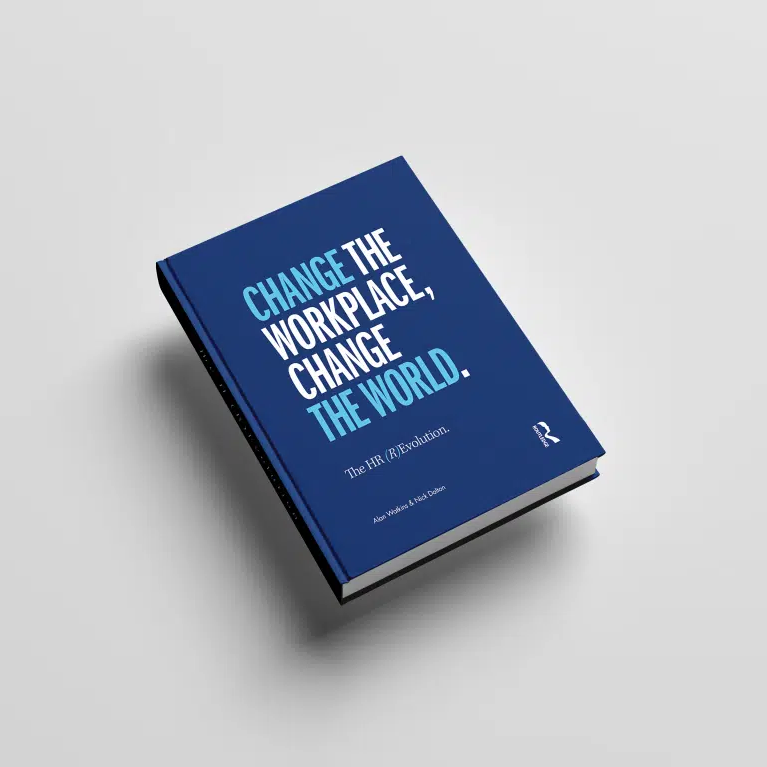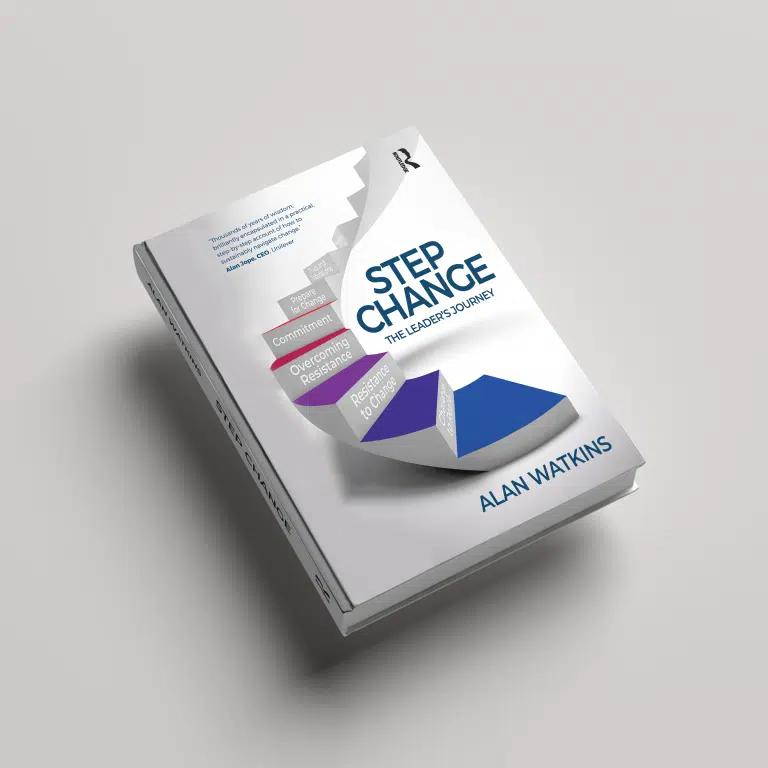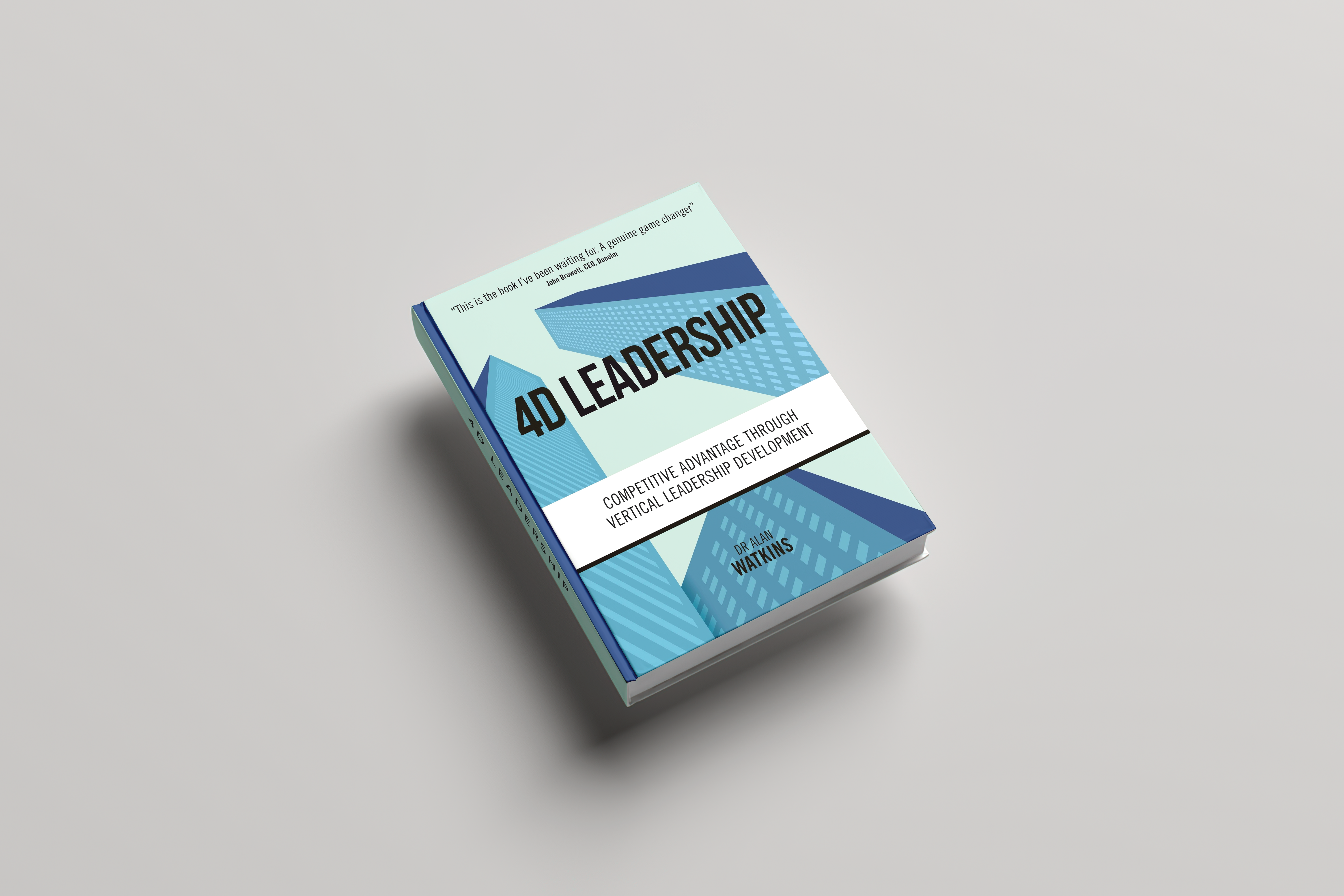As many as five different generations are represented in today’s workforce, from the Silent Generation (people born between 1925 and 1942) to Gen Z (those born in the mid-1990s and later)[1] . In fact, over 50s now make up nearly one third (31%) of the entire UK workforce, up from around one in five (21%) in the early 1990s [2].
With such age diversity, it’s only natural that people should look at the different generations and ask how we can all work together. The danger in focusing on generations is that we fall into stereotypes … young people are tech savvy, old people are not. More than that, these stereotypes are often inaccurate, unhelpful and, occasionally, discriminatory[3].
We believe there is a better way to understand people in the workplace and what makes us work well together, whatever our age. That better way is a focus on values.
Why diversity matters
What really matters at work is diversity of thought. That’s when we all benefit from fresh thinking, new ideas, different perspectives – all of which come together to help us create better solutions and wiser decisions that benefit the many not just the few.
As we grow up and age we often think differently. But generation is often an inaccurate proxy for measuring diversity of thought and development of values. Just because someone is a woman, doesn’t necessarily mean they bring a female perspective to a discussion. Similarly, just because someone is young doesn’t mean they are immature. They may be wise beyond their years, Likewise, an older person may be embarrassingly infantile and resort to bullying or outdated immature way of seeing the world. There have certainly been some high-profile examples of that in recent years.
Using age to imply diversity of thought or maturity of values is overly simplistic. And it risks stereotyping people. What we need to do is to help unlock everyone’s potential by looking at each person individually – and the way to measure diversity of thought is to look at our values.
Value diversity
In the battle between values and beliefs, values are a more important determinant of behaviour than beliefs. Values are feeling based, and beliefs are thought based.
How we feel about things determines our behaviour much more than what we think. If we feel excited, then we’ll think differently and behave differently.
If we want to build wiser more mature organisations that unlock diversity of thought and can handle the increasing complexity of the world, we must understand how value systems evolve over time. If we understand how our values differ, whatever our age, and realise these differences are evolutions not variations then we can truly unlock the promise of diversity.
It’s true, that at a very general level, people of different ages are likely to have different values. You do tend to evolve your values as you get older, but not necessarily.
We all start at the bottom of the spiral (see diagram) as an infant. As babies, we need to be kept warm and fed, it’s about the basics of survival.
Once our basic needs are met, we tend to sit still do as little as possible, sometimes forever. But hopefully, we eventually realise we are making no progress and we are at risk. This may cause us to look to our family for protection and security. We might even look to our boss and colleagues for that sense of belonging when we’re at work. There is safety in numbers and we could survive better as a tribe, but our tribe often lacks real direction.
It’s this lack of direction that causes many to move into the red (power) value set. That’s when our drive to make something happen kicks in. This value system typically appears for the first time in our teenage years, when we’re much more hedonistic and egocentric. We get ambitious about our lives.
Most human beings get to that red value set but many never get beyond it. It can be very enjoyable. A sense of pleasure and living above without too many rules. This value system is often inhabited by many celebrities and some politicians. The red value system is passionate and entertaining. People at this level like to keep it simple, stupid. This can bring a clarity that can be immensely useful in a crisis. But like every level the wheels can come off and the red value system can degrade into overly directive ego mania or excessive personal ambition.
If your motivational value system is working for you, there’s no reason to evolve. However, even people operating from the red value system can start to wonder what it all means. This sets the stage for the emergence of the blue value system. If you are starting to wonder whether there is any way out of the exhausting responsibilities and the perpetual demands that you must fix everything then you are on the cusp on the breakthrough to blue. You see this phase in a business once it has established itself in the world or market it then must build process and infrastructure to stabilise its operations, be less reactive and plan more effectively. Without more discipline they will struggle to grow.
In our experience, 40% of all adults stay at the red value stage or below. Another 15% have made it to the blue value system and have started to understand the rules of the game, can play by the rules and continue to evolve. Society started to significantly embrace the blue value system after World War II – the time of the birth of the UN, the WHO and the NHS. The blue value system created stability and laid down a platform for proper organisational and societal growth. But it was only when the wheels come off the blue value system in the late 1970s that people started to wonder what’s beyond that. And that is the more pragmatic adaptive orange value system. This kicked off big time in the Thatcher-Reagan era and we saw a massive economic boom. Leadership remuneration packages changed, and the C-suite became owners with share options that aligned their incentives with the investors. Entrepreneurship was born and capitalism became unfettered delivering incredible wealth to many and extreme wealth to a few.
But in 2008 the fault lines in the orange value system were massively exposed with the global financial crisis. Deregulated financial markets (removing the blue rules) enabled some traders on Wall Street to game the system for their own ends with no real regard for the fact that they would double American debt in one year and cause 30 million people around the world to lose their jobs. But what did they care – they made millions? As the downside of the orange value system became clear for all generations to see a new value system started to become more widespread – the green value system. In 1960 only 2% of the global population had reached the green value system, today it is around 20%.
Even hard-bitten orange financiers have started to admit that we may have over-cooked orange values, in the boom years and created an obsession with money at the expense of societal values [4] . Green values are now the leading edge of society. COP-26, extinction rebellion, LGBTQ, ‘Take a Knee’, ‘Me Too’ and ‘Black Lives Matter’ all testify to the rising tide of the green value system, particularly in younger generations. But in the last five years even green has started to falter, spawning a post-truth world, fake news and rampant relativism.
Less than 2% of people globally have developed beyond green to the yellow (innovation) value system. Even though you might expect people to move up the value sets as they age, the yellow value system and indeed the green value system are much more widespread in Millennials, Gen Ys and Gen Zs. Many realise the only way out of the mess we have created on the planet is through disruption and innovation.
Connecting through values
What all this means is that we must understand values to understand behaviour, regardless of age. If we don’t, we’re liable to jump to false conclusions about the person in front of us.
We must connect with people where they’re at. Some might be operating from values sets that we are yet to reach and that can be a shock. Even someone who has very little life experience, could be operating form a more nuanced value system. An older person might not have evolved since they were a teenager and remain dominated by their purple value set wanting to live a simpler life with little change, old-fashioned family values or take an ethnocentric stance.
All these value systems are legitimate. All have something to offer. Understanding that these value sets are evolutionary is a profoundly important. If you can see the evolutionary scale, then you can lift someone to the next level – wherever they are.
When you understand each other’s value sets, you can also reconcile differences. There are classic tensions between the value sets – blue wants to follow process, orange is happy to cut corners to get the right results. There’s a natural tension there between blue and orange. It’s not a personality clash, it’s just different value systems. When you understand the benefits of different value systems, people can work together more effectively. That way we get the best of both worlds.
The additional benefit of a values-based approach to understanding each other, regardless of age or generation, is that you’re less likely to make mistakes in your judgment of people. Let’s take ambition as an example. Ambition manifests itself in different ways at each value level. At red we have ambition for ourselves, but at green our ambition is for the planet or the community. People with those different value sets are no less ambitious, they’re just ambitious about different things.
When, as an employer or HR leader, you understand those differences, then you can meet the person where they’re at and get the most out of them. That’s how you unlock the true power of a multi-generational workforce.
Complete has a Complete Values Profile assessment to provide insights into an individual’s value set. We also run certification programmes for independent coaches to use the Complete Values Profile in their own work.
References
[2] https://ageing-better.org.uk/news/number-over-50s-uk-workforce-10-million
[3]https://www.ibm.com/downloads/cas/KRQVGDA6
[4] Mark Carney (2021) Values: Building a better world for all.













